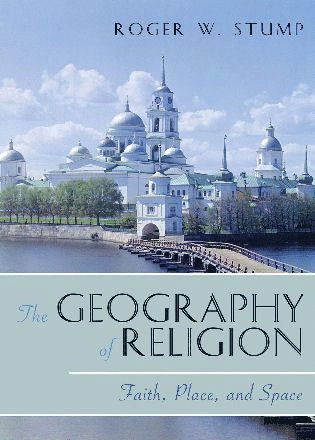

The geography of religion : faith, place, and space
- Utgiven: 2008
- ISBN: 9780742510807
- Sidor: 442 st
- Förlag: Lanham, Md. Rowman & Littlefield Publishers
- Format: Inbunden
- Språk: Engelska
Om boken
Åtkomstkoder och digitalt tilläggsmaterial garanteras inte med begagnade böcker
Mer om The geography of religion : faith, place, and space (2008)
2008 släpptes boken The geography of religion : faith, place, and space skriven av Roger W. Stump. Den är skriven på engelska och består av 442 sidor. Förlaget bakom boken är Lanham, Md. Rowman & Littlefield Publishers.
Köp boken The geography of religion : faith, place, and space på Studentapan och spara uppåt 67% jämfört med lägsta nypris hos bokhandeln.
Referera till The geography of religion : faith, place, and space
Harvard
Oxford
APA
Vancouver



















